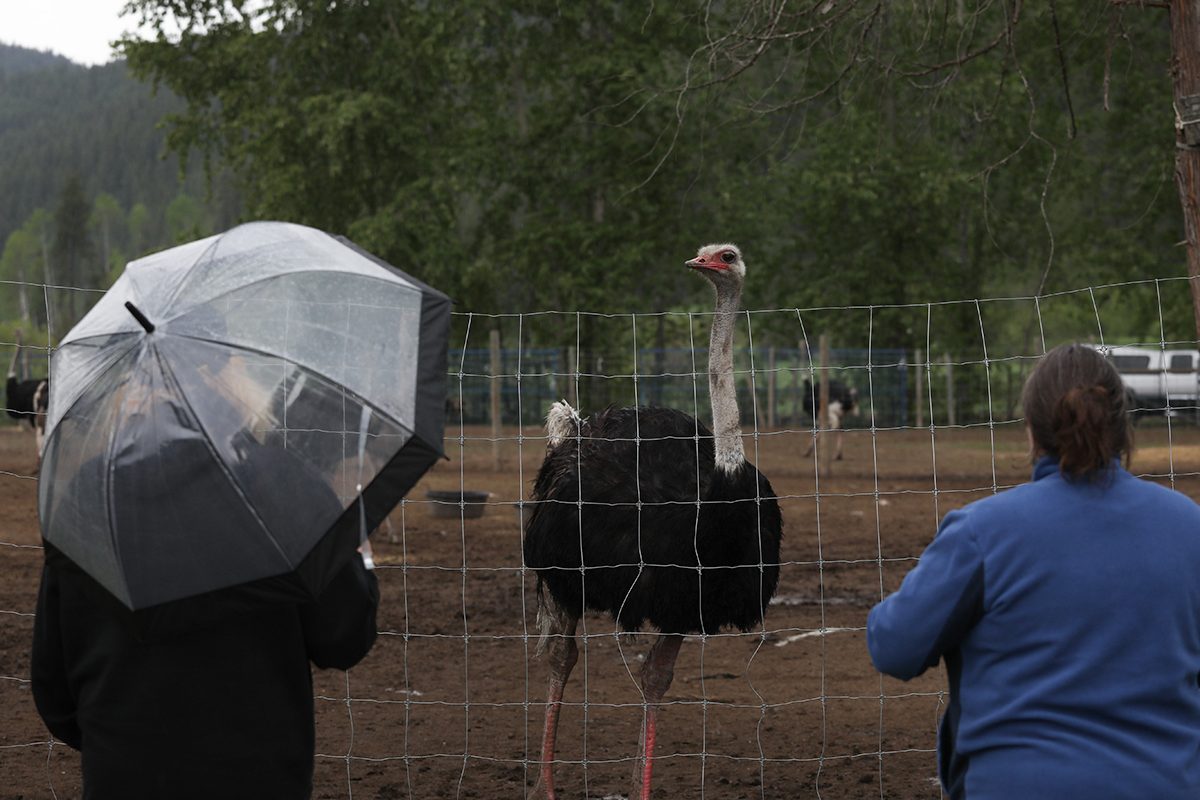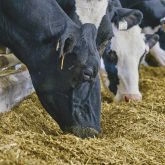The Canadian Grain Commission is proposing a series of changes to Canada’s wheat classification system aimed at protecting Canadian wheat markets and ensuring that end-users are satisfied with the grain that they buy.
The proposed changes are intended to ensure greater consistency and predictability in the quality of Canadian wheat sold domestically and abroad.
Among other things, the changes would see the quality criteria for the Canada Western Red Spring (CWRS) class tightened and another class of milling wheat added to the current classification system.
Read Also

B.C. ostrich owner condemns violence near embattled farm
One of the owners of Universal Ostrich near Edgewood, B.C. condemned the alleged assault and arson against one of the farm’s neighbours said to have been committed by a protestor. The farm is in a legal battle with federal authorities over a cull order of the farm’s ostriches, which contracted avian influenza.
The new class, if implemented, would comprise lower quality milling wheats that typically have lower gluten strength than higher quality CWRS varieties.
It is assumed that wheat varieties designated to the new milling class would command a slightly lower price on world markets and would compete more effectively with high-yielding U.S. varieties that are suitable for milling but generally have lower protein content and lower gluten strength.
Final decisions on the proposed changes are still several months away but a document prepared by the CGC suggests that three of Western Canada’s most widely grown CWRS varieties — Harvest, Lillian and Unity — could be removed from the CWRS class and reclassified in the new milling class.
A complete summary of the proposed changes is posted on the Canadian Grain Commission’s website at www.grainscanada.gc.ca.
Industry stakeholders, including farmers, wheat breeders, end-users, grain handling companies and wheat exporters, will have an opportunity to respond to the proposed changes during a 60-day consultation period that began Feb. 20.
The CGC is also proposing a thorough review of grain quality parameters in the Canada Prairie Spring Red (CPSR) class as well as the Canada Western General Purpose (CWGP) class to ensure that varieties within those categories are properly classified and are meeting the expectations of end users.
In a Feb. 24 interview with the Western Producer, CGC chief commissioner Elwin Hermanson said the wheat classification review and the proposed re-alignment of the CWRS class were precipitated by concerns over the quality of Canadian grain being sold to end users.
“About three or four years ago … there was concern expressed by consumers, particularly of CWRS, that our gluten strength was too low,” Hermanson said.
“Some of that, we discovered, was because some varieties that were on the low end of the gluten scale were being planted on a lot of acres and that tended to lower the gluten strength in the class as a whole.”
Abundant rainfall in late June and early July — when gluten proteins are normally formed in wheat — can also affect gluten strength in harvested wheat.
For two consecutive years, excessive rainfall lowered gluten strength in the western Canadian wheat crop, prompting concerns from end users and suggestions from Canadian grain marketers that a review might benefit the industry.
Hermanson emphasized that any changes stemming from the review will be assessed carefully after all groups in the industry have been consulted.
Any changes that occur will be implemented gradually so as to minimize the potential for market disruption or loss of income at the farm level, he added.
“What we’re hearing is that it’s time to have a good look at this,” Hermanson said.
“If we do this right, it helps us to compete in the marketplace, and that’s what we are hoping to do.”
Other changes contained in the CGC proposal
• The removal of Unity and Lillian as CWRS check varieties in central and western bread wheat trials.
• The introduction of Glenn and Carberry as new CRWS checks in central and western bread wheat trials, with Glenn serving as the upper limit for gluten strength and Carberry serving as the lower limit.
• The establishment of new CWRS check varieties in parkland bread wheat trials.
• The introduction of new check varieties in the CPRS class including AC Foremost, Faller and Unity. Unity is currently in the CWRS class. Faller is an American variety.
• Reviews of all varieties in the CWPG and CPSR classes, including possible re-establishment of upper and lower quality parameters and reclassification of varieties that do not meet those criteria.
• A review of Canada Western Extra Strong (CWES) and Canada Prairie Spring White (CPSW) classes, which are currently underused and may be unnecessary if varieties are reclassified into CPSR and Canada Western Hard White Spring (CWHWS) class.
Contact brian.cross@producer.com















